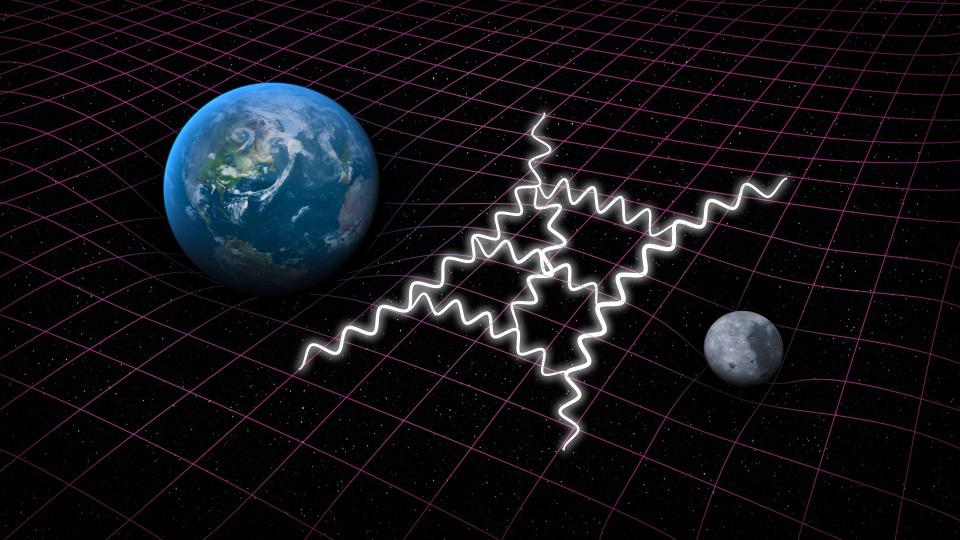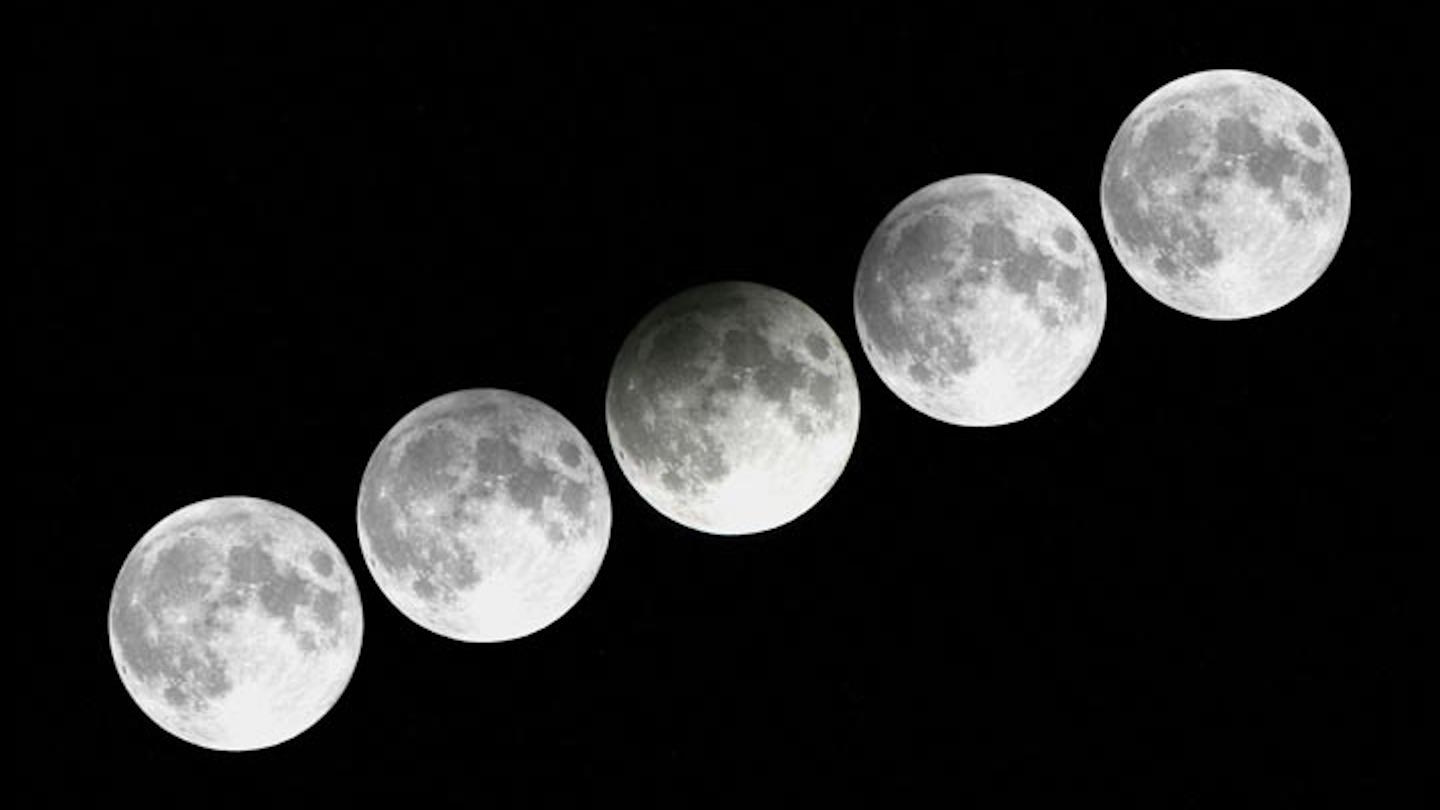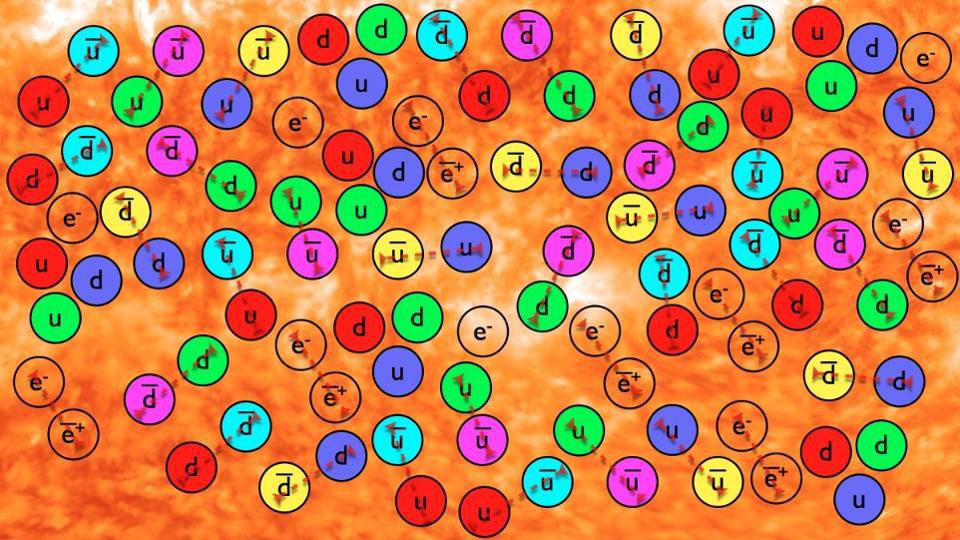Solved: A 50-year mystery about Jupiter

Adobe Stock
- The source of most of Jupiter’s heat has baffled scientists for decades.
- A new study suggests that Jovian auroras provide the energy that heats the upper atmosphere.
- The findings confirm a mechanism long suspected but never proven to be at work.
Much like the Earth, Jupiter has had a sort of “energy crisis” for the last few decades relating to global temperatures. Compared to how warm the planet should be given how far it is from the sun, Jupiter has a remarkable amount of heat. The cause of this disconnect has troubled scientists for decades, though several possible ideas for the cause have been proposed.
This month, a solution has finally been found. In a study published inNature, a team of researchers using data from the Keck II telescope and several satellites has determined that the incredibly powerful Jovian aurora is heating the upper atmosphere to extremely high temperatures.
Some like it hot
According toNASA, we should expect Jupiter’s upper atmosphere to be at a temperature of about -73 C° (-100 F°) given how little sunlight it receives. However, observation after observation points to a blazing average temperature closer to 426 C° (800 F°).
Existing heat maps of Jupiter’s atmospheric temperature were sparse in detail, necessitating more precise information to solve the puzzle of where the heat was coming from. By combining observational data from the Keck II telescope and information on Jupiter’s magnetic field from the Hisaki and Juno satellites, the team was able to observe bursts of energy moving from the polar aurora down toward the equatorial regions of Jupiter on two occasions.
By chance, the nights the instruments observed Jupiter coincided with a considerable solar wind that reached the planet, improving the data. Heat from the electrically charged particles could be tracked with ease as that heat moved outward from the poles in pulses. The data show the heat is widely distributed, centered around the poles, and gradually declining at lower latitudes.
Confirming what was long suspected
The strength of Jupiter’s electromagnetic field — 20,000 times stronger than Earth’s — has been known for some time. The frequency and intensity of itsaurora, some of which is fueled by eruptions from the moon Io, has also been established. However, while this was proposed as a possible mechanism for the observed temperatures, traditional models of gas giants presume that Coriolis forces (the effect caused by planetary rotation that causes weather patterns to veer off rather than move in a straight line) would be able to keep auroral energy confined to the poles.
The study’s lead author Dr. James O’Donoghue explained how long this process took:
“We first began trying to create a global heat map of Jupiter’s uppermost atmosphere at the University of Leicester. The signal was not bright enough to reveal anything outside of Jupiter’s polar regions at the time, but with the lessons learned from that work we managed to secure time on one of the largest, most competitive telescopes on Earth some years later.”
Co-author Dr. Tom Stallard of the School of Physics and Astronomy at the University of Leicester placed the findings in further context:
“This ‘energy crisis’ has been a long standing issue — do the models fail to properly model how heat flows from the aurora, or is there some other unknown heat source near the equator? This paper describes how we have mapped this region in unprecedented detail and have shown that, at Jupiter, the equatorial heating is directly associated with auroral heating.”
Other theories on why the atmosphere is so hot include acoustic waves from the planet’s interior or gravity waves providing the needed energy. While this study did not entirely rule these models out, it does suggest that the primary mechanism is the aurora.





